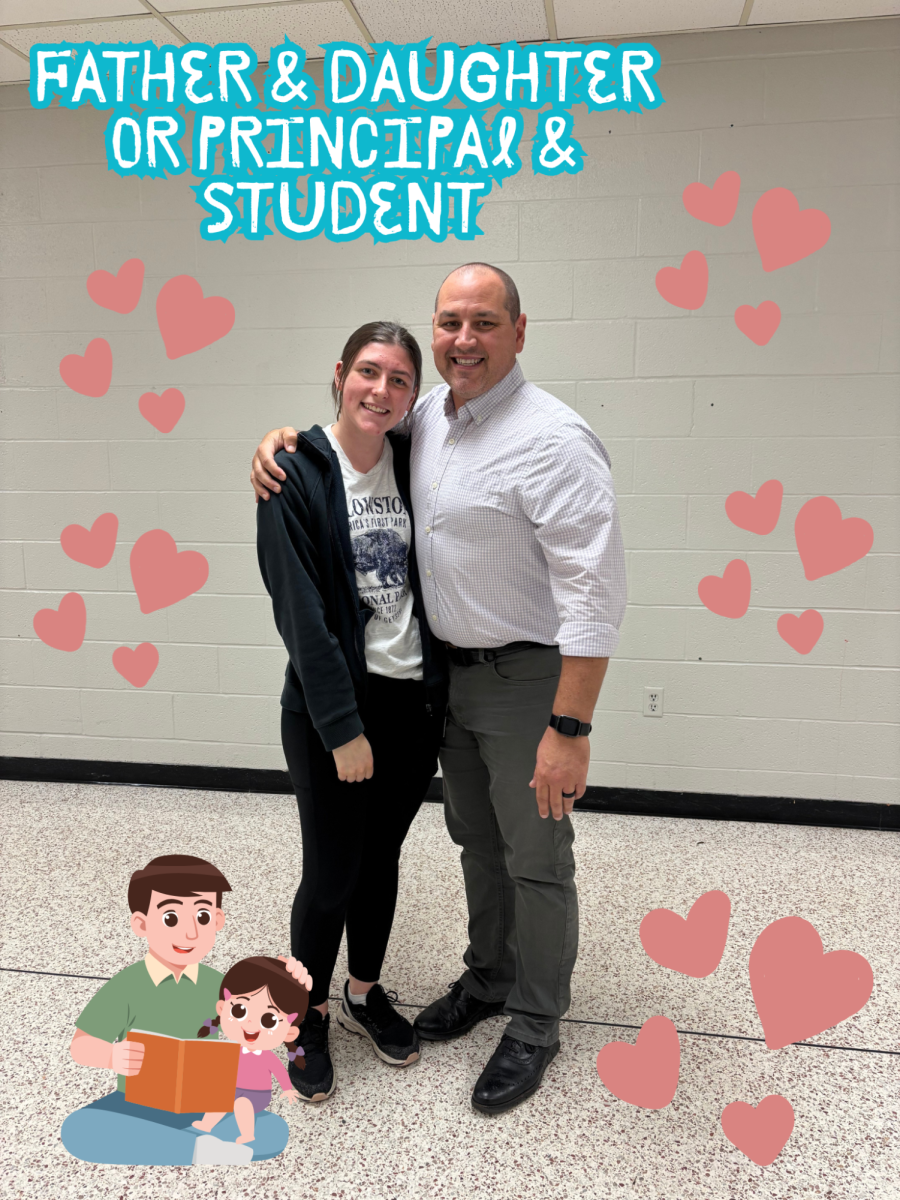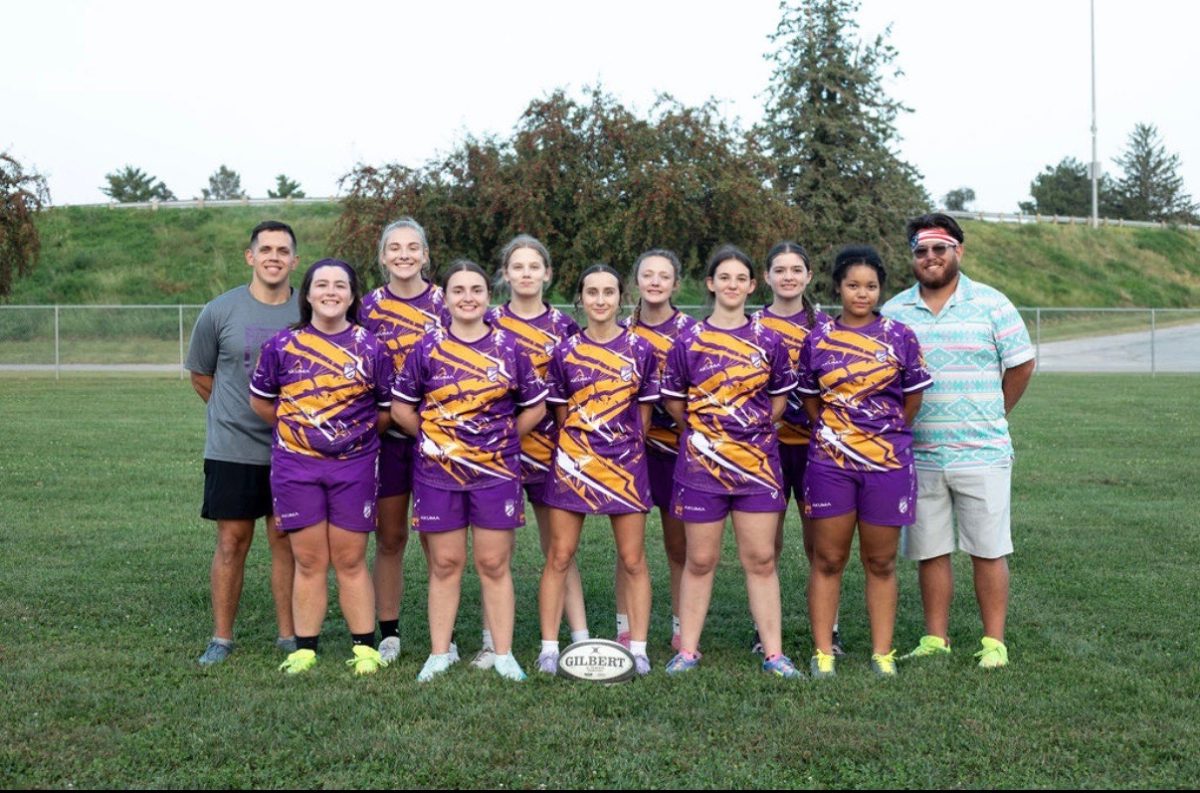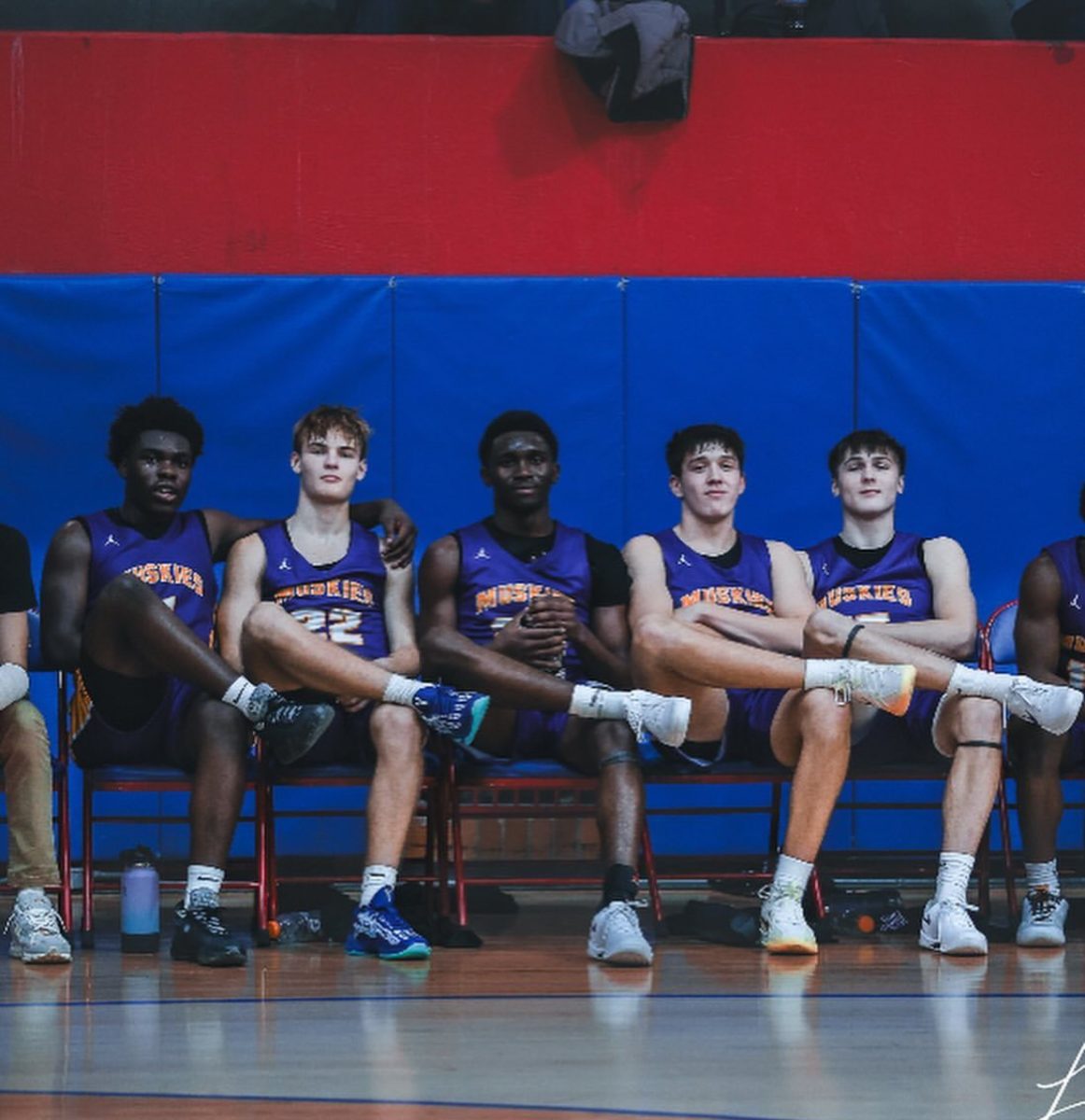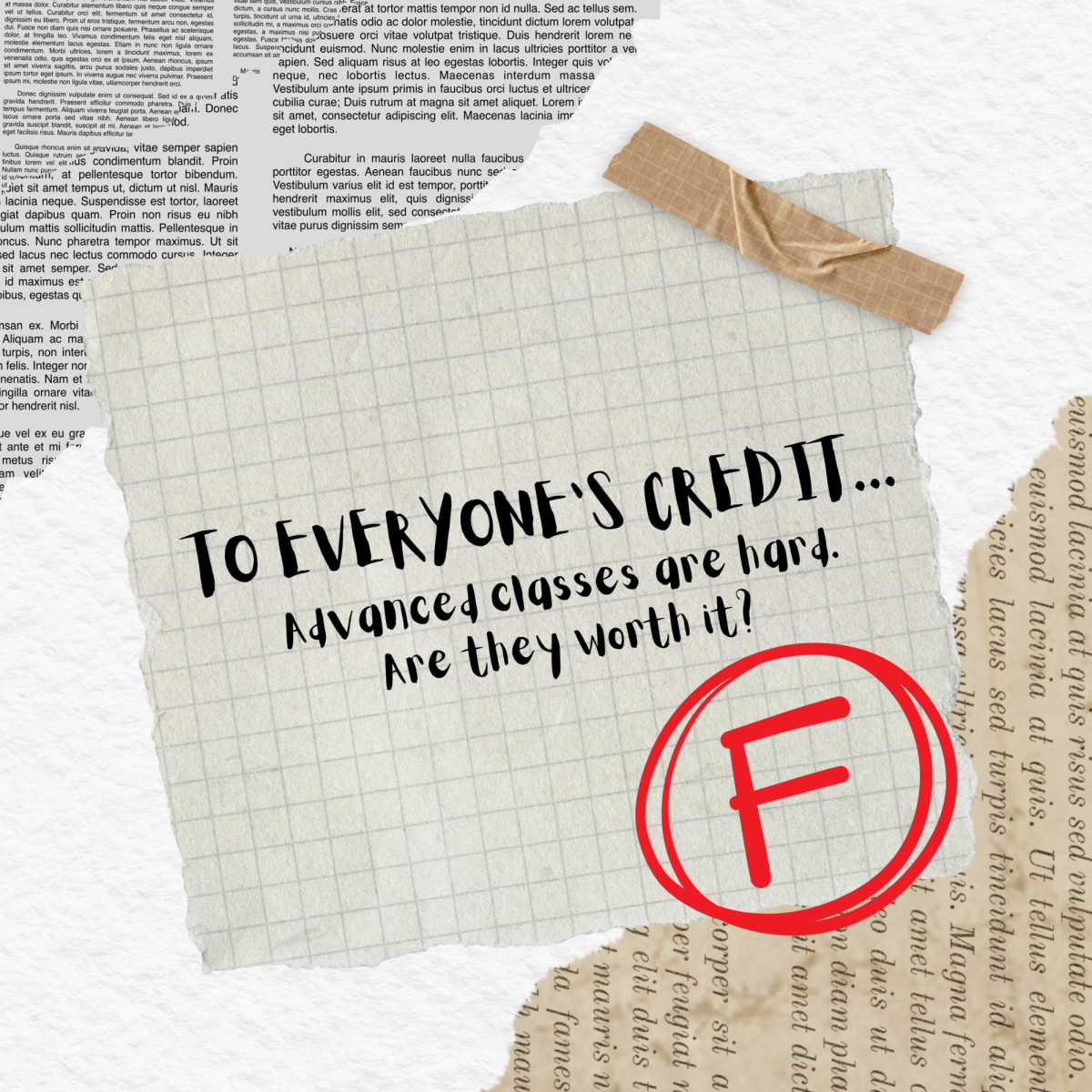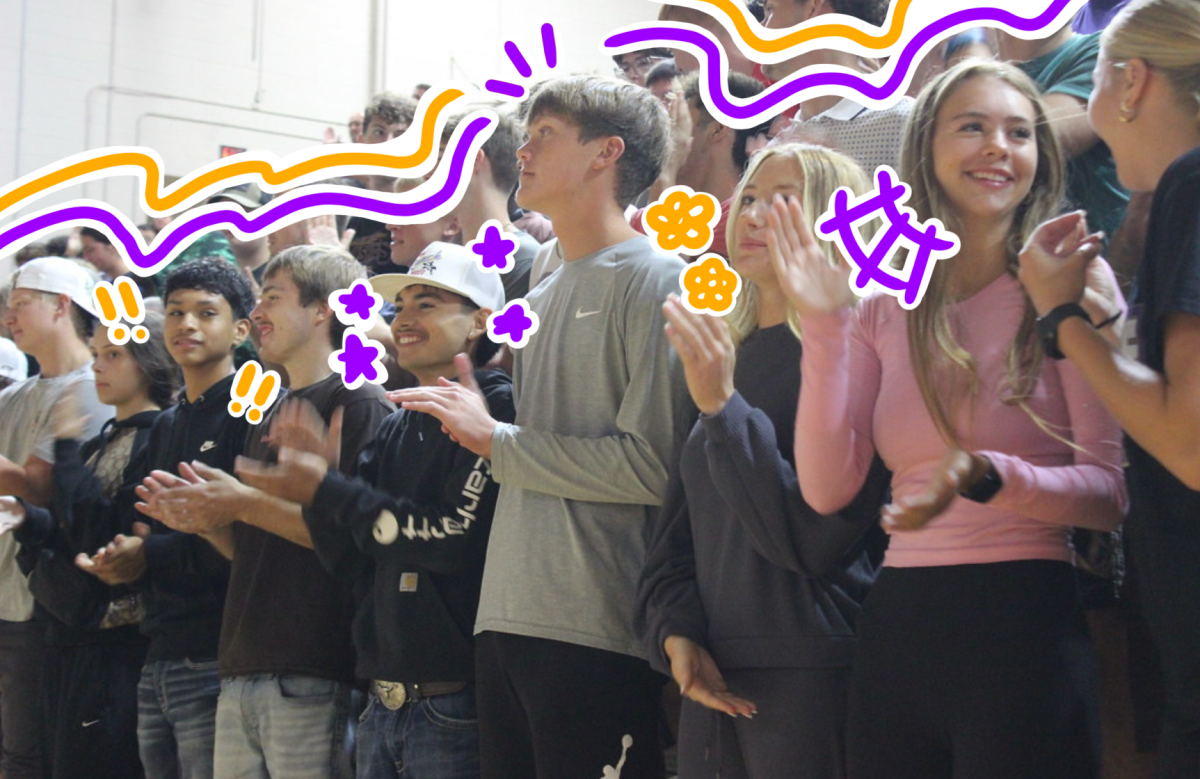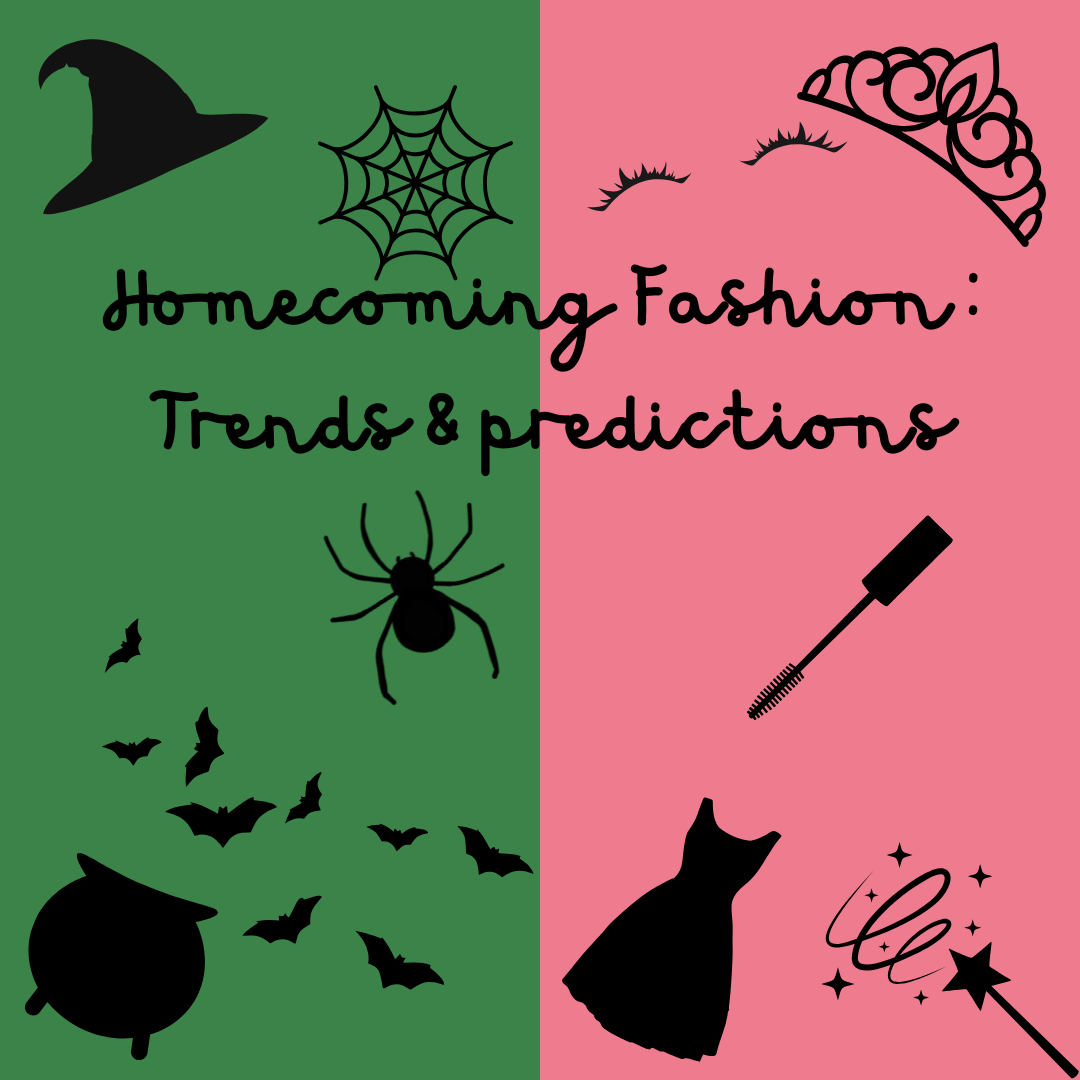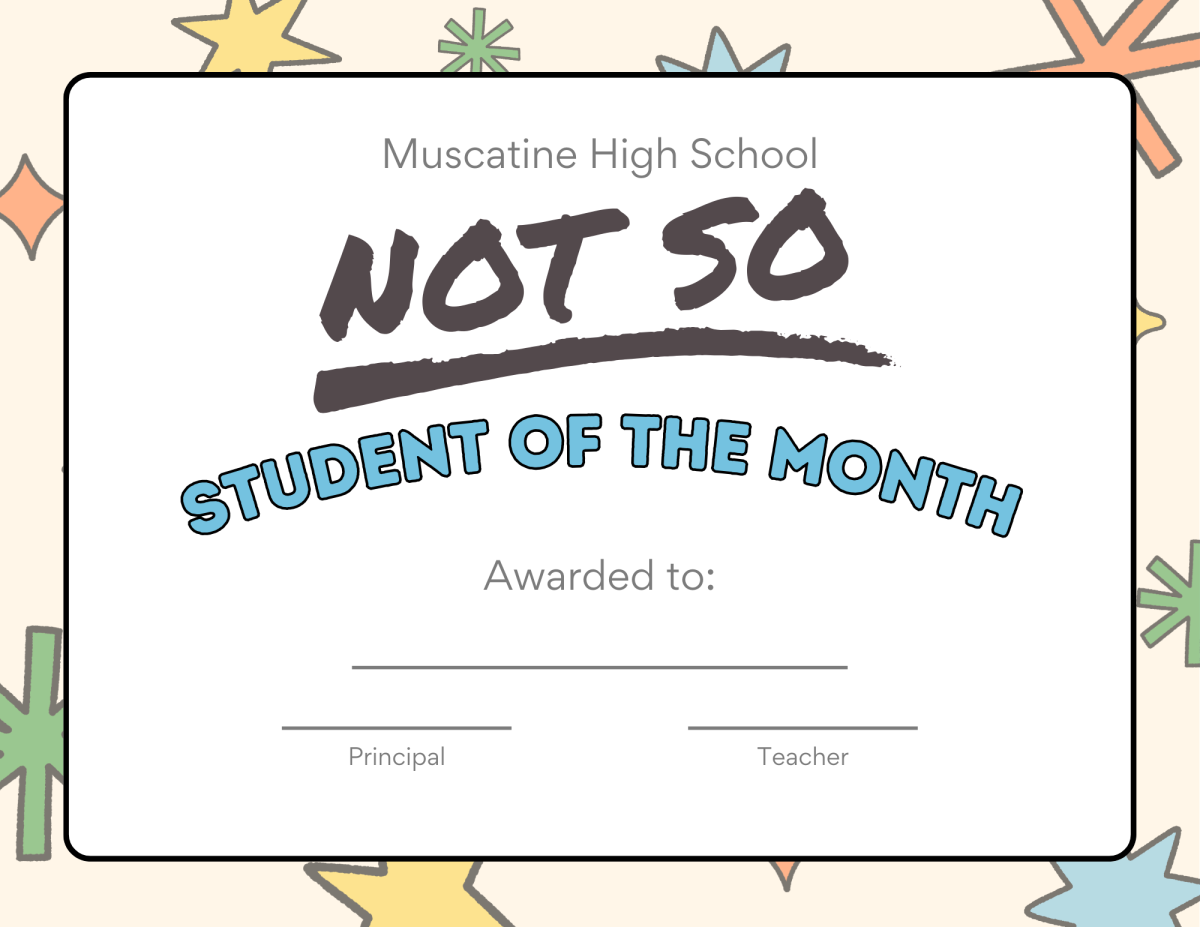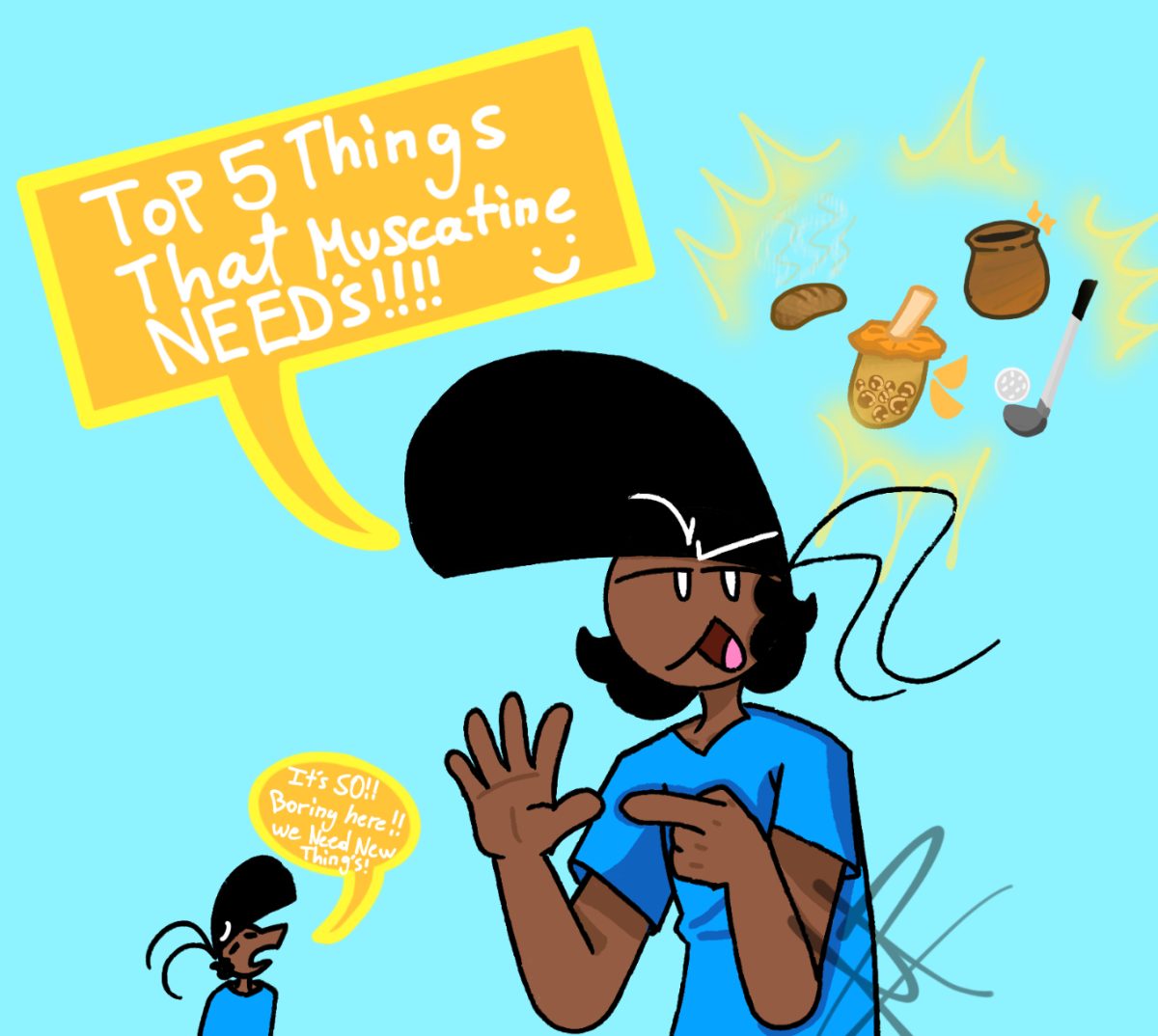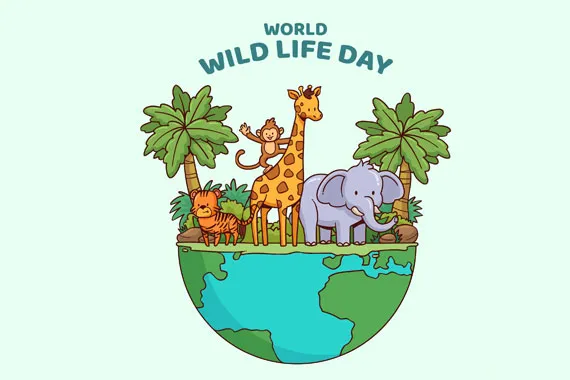Have you ever been walking through a park or forest and noticed several different animals running around or observing you? Those animals in the woods, timber, and backyards all fit into the diverse category of wildlife. Those animals contribute so much to the global ecosystem, such as diversity, invasive species control, and are even present in medicine. These forest critters are so important they get a day of their own.
World Wildlife Day is celebrated annually on March 3rd, and invites people from all around the world to celebrate the wildlife we share our world with. Wildlife could be considered something as simple as a squirrel, or even endangered native species like turtles, or even something as far fetched as rhinos. You can celebrate by creating new habitats in your backyard, feeding the birds and squirrels, or donating to a local conservation charity. Conservation practices are conducted through many different people and careers, which all equally contribute to saving world wildlife.
Harmony in Habitats: Conservation meets agriculture
It is so beneficial that national wildlife gets a day to shine, though wildlife’s importance in our ecosystem goes far beyond one day. As wildlife impacts many ecosystems and careers throughout the world. Though one field goes above and beyond by having careers that spend all of their time preserving and working with wildlife. That impactful career path belongs to the field of agriculture.
Agriculture shows itself in many ways like farming, livestock, mechanics, etc. Though one that works directly with wildlife is forestry. Forestry entails the study of tree species, various wildlife species, and tedious testing methods. Foresters constantly are working to rebuild habitats by protecting tree species that play a crucial part in the habitats of wildlife.
Foresters are always needed! Deforestation is a huge problem in our modern world and we need educated people who love wildlife to fight against deforestation. If you are interested, MHS offers a forestry and wildlife class for science credit that goes over types of trees, wildlife, and how to protect them. Talk to your counselor if this sounds like a class for you.
Some of the most common animals you may see in your backyard or around town are affected by deforestation and other man-made factors, which just goes to show how important foresters and park rangers are worldwide.
A few of these animals are affected not only by deforestation, but other factors like pesticides and hunting. World Wildlife Day is a good time to spotlight these animals and educate people on how animals that could be spotted in their own yard are affected by the various man-made changes that are done to their habitat. Here are just a few animals native to Iowa that are threatened or endangered.
- Barn Owl: they used to be found in forests around Iowa, but those forests have since been cut down to make room for farming. Which then led these owls to live in abandoned farmhouses and barns. As these abandoned buildings are torn down, these owls have lost even more of their habitat, resulting in their endangered status.

- Indiana Bat: a very tiny species of bat that weighs less than three pennies, they live in massive populations in caves. Some of their groups around the US can range from 5,000 to 20,000, although Iowa populations are much smaller. If disturbed too early, they leave their cave in flocks, and risk freezing to death because of how tiny they are. Due to habitat loss, poisoning from pesticides, and white nose syndrome, they have been deemed a federally endangered species since 1967.

- Spotted Skunk: while the more common striped variety of skunk tends to come to mind, these skunks have lived in Iowa for many years, although their population has begun to decrease over the past 25 years. They prefer rocky habitats, but use abandoned buildings and corn fields as homes. This is mainly due to the shelter those areas provide and the abundance of prey around them. A fun fact about these animals is that instead of running from danger, they will stomp their feet, and balance into a handstand. If the threat isn’t intimidated, they will then spray the all-too familiar stench that skunks are associated with.

Please consider donating to this organization, their goal is to support conservation and creating new habitats for wildlife! “https://awionline.org/content/make-donation-awi – Link to donate”



